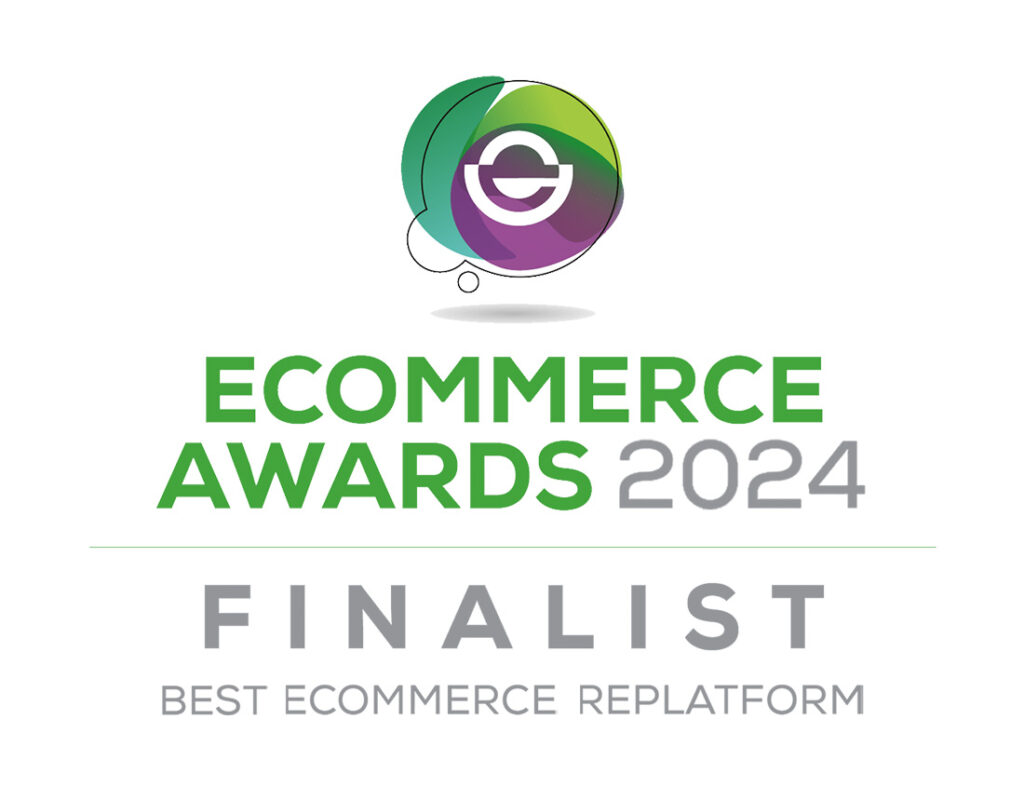Vietnam was slow to embrace ecommerce, starting out much later than other countries in the region like Singapore, Malaysia, Indonesia, and Thailand. However, it is now seen as one of the fastest growing ecommerce markets in the world, and this includes business to business (B2B) ecommerce. The market is expected to be worth US$14.81billion in 2022 and, with a compound annual growth rate (CAGR) of almost 17%, it’s expected to reach US$23.71billion by 2025.
Deputy Director of the Department of Enterprise Management, Nguyen Trong Duong, says the Vietnamese digital economy could account for over 26% of the country’s gross domestic product (GDP) in the next three years.
The Vietnamese government’s latest five-year master plan prioritizes continued strong economic growth, driven by manufacturing, and supported by further integration into global supply chains through trade pacts and export market diversification. Deputy Prime Minister, Vu Duc Dam, recently confirmed that 10 October 2022 would be the first National Digital Transformation Day to support the implementation of national digital transformation plans as part of the country’s vision to 2030.
These plans include:
- universal availability of 4G and 5G mobile network services and smart mobile phones
- enabling more than half of the country’s population to use electronic payment methods
- joining the top 40 countries worldwide in the global cybersecurity index (GCI)
- building and developing the Vietnamese broadband infrastructure
- increasing domestic internet connections and popularizing the .vn domain name
- further development of Internet of Things (IoT) infrastructure
- more integration of sensors to transform traditional infrastructure into an important component of the nation’s digital infrastructure.
Digital transformation priority sectors include health care, education, finance, banking, agriculture, transportation, energy, natural resources, the environment, and industrial production.
Currently, about 98% of Vietnamese companies are small and medium-sized enterprises (SMEs) that urgently need to find reliable suppliers to fulfill their needs, making ecommerce an essential component of these plans. In 2020 the Vietnam Ecommerce and Information Technology Agency (VECITA), under the Ministry of Industry and Commerce, set a goal for B2B ecommerce to add 30% of import and export value.
Vietnam as part of the world market
Vietnam became a member of the World Trade Organization (WTO) in 2007 and has since become a significant part of the global supply chain. The country is especially keen to see outside investment in its telecommunication networks and has accelerated development of its infrastructure and legal framework to support ecommerce.
Alongside B2B marketplace giants Alibaba and Amazon in Southeast Asia, Malaysia’s Averest and Singapore’s Obbo marketplaces offer Vietnamese industries affordable low-end membership packages and help businesses with low budgets to access export markets.
Background to ecommerce in Vietnam
Most of the population of over 90million is working age and the country has a large middle class. The internet and mobile devices are used extensively for personal and business purposes and there are plans to increase use of e-wallets and online transactions.
Large organizations and SMEs in the country already make extensive use of B2B ecommerce marketplaces and search engines are widely used to find products.
Many Vietnamese businesses still rely on manual processes that increase costs, add to the risk of errors and slow things down for both buyers and suppliers. In many cases it isn’t possible to give clear and transparent pricing online so integrating business systems with ecommerce platforms will be a priority.
Small, unregistered businesses selling everything from groceries to electronics account for the majority of the total in Vietnam, making the market very fragmented. Distributors only cover around half of the market, while other businesses work directly with retailers who need to connect with them online to access wholesale prices.
While Vietnam has received foreign direct investment (FDI) during recent years most has been in low value-added manufacturing due to skills shortages. There are also logistical bottlenecks that need to be addressed.
A new public-private partnership law that came into effect in January 2021 encourages private sector participation in infrastructure development but it is unclear whether bottlenecks on the roads, at ports, and in technology development have been improved. Progress with the transport infrastructure has also been affected by delays in approvals and land acquisition disputes.
B2B ecommerce growth Vietnam
EI Industrial, which launched in 2020, is the first industrially focused B2B marketplace in Vietnam. It aims to accelerate digital procurement by linking buyers with multiple suppliers. The company recently received a US$670,000 funding round to increase growth through technology, marketing and sales. It is currently serving 500 customers in Vietnam and working with over 300 sellers. A recent cooperation agreement with VietinBank, which is one of the leading banks in Vietnam, is intended to create better payment experiences.
Kilo is a Vietnamese marketplace that connects suppliers and retailers. It aims to work with 1million new businesses by April 2023. Currently there are 30,000 wholesalers and retailers using the platform which allows them to manage procurement, inventory, pricing and promotions, billing, and distributor networks from a single app.
The ecommerce platform Buy2Sell reported sales of US$24.5million for the first half of 2021 which is a three-fold year-on-year increase. The company also reinvested US$28million into ecommerce development, allowing local sellers to log into its platform. From the beginning of 2022, the company has allowed domestic sellers to use its platform as well as international companies, enabling buyers to match sellers’ minimum order quantities (MOQs) to buy goods at wholesale prices.
Looking ahead
Investors are looking for sustainable business opportunities so boosting ecommerce profitability is likely to be a trend in coming years.
A survey found that more than a third of customers across South East Asia are unhappy with ecommerce delivery services so solutions are needed for faster deliveries to improve customer satisfaction. Meeting these expectations will be a key step to gain competitive advantage.
Newcomers to ecommerce will increase the market but will also add to competition. Growth will be further boosted by improved online payment methods, logistics, and customer relationship management tools suitable for all types of organization.
Find out more about Cloudfy, which is powerful and purpose-designed solution that could help you to take advantage of the B2B ecommerce opportunities in Vietnam.
Interested in an ecommerce software for your Vietnam based business? Book a complimentary demo now with our resident APAC expert.






